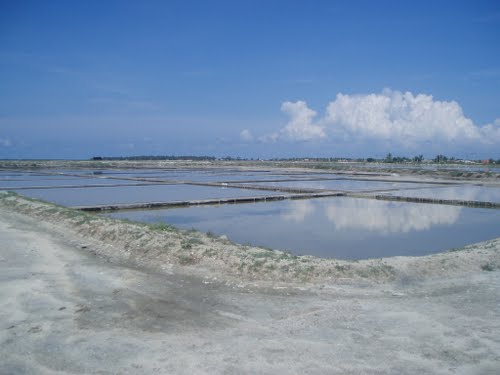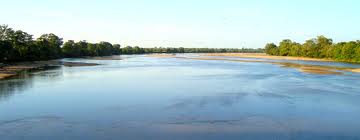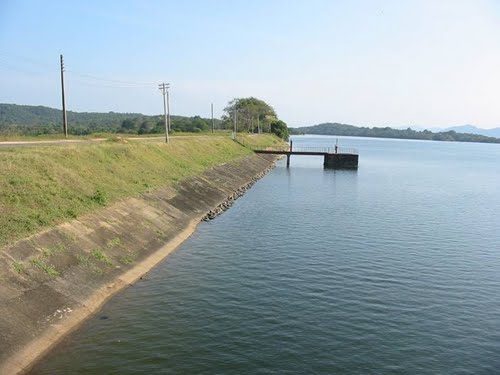 |
Home About Directory Conservation |
 |
Maha and Karagan Lewaya Maha Lewaya and Karagan Lewaya are naturally formed hyper-saline shallow lagoons, which serve as important refuges for migratory water birds. Karagan Lewaya is separated from the sea by the main Colombo-Hambantota road and by sand dunes, with the only connection to the sea being man-made flood control channels. The water levels of the lagoon fluctuate depending on rainfall and the water received from the cascading tank systems in its catchment area. Maha Lewaya has been developed for salt production. This area is also very important as a corridor for elephant populations that generally move between Bundala, Lunugamvehera and Udawalawe National Parks and Madunagala forest reserve. |
| More details Maps |
 |
Mahaweli Flood Plains National Park The Mahaweli Ganga floodplain is an extensive system of wetlands composed of river channels, riverine marshes, villus, mangroves, lagoons, and tidal creeks associated with the Mahaweli Ganga, Sri Lanka’s longest river. The presence of elephants, rich plant diversity and a large number of aquatic birds including 75 migratory species led to the area being accorded protected status through three National Parks. The flood plains also serve as a migratory corridor between the dry and wet season feeding grounds of a large elephant population. |
| More details Maps |
 |
Minneriya Reservoir The Minneriya reservoir is a man-made, non-tidal water retention reservoir, built primarily for irrigation purposes. The reservoir falls within the the Mahaweli River Basin, and is of historical importance, having been built in the third century AD with a catchment area of 24,000 ha. The reservoir and surrounding areas have been declared a National Park. Birdlife International has identified Minneriya as an IBA due to its populations of globally threatened bird species. |
| More details Maps |